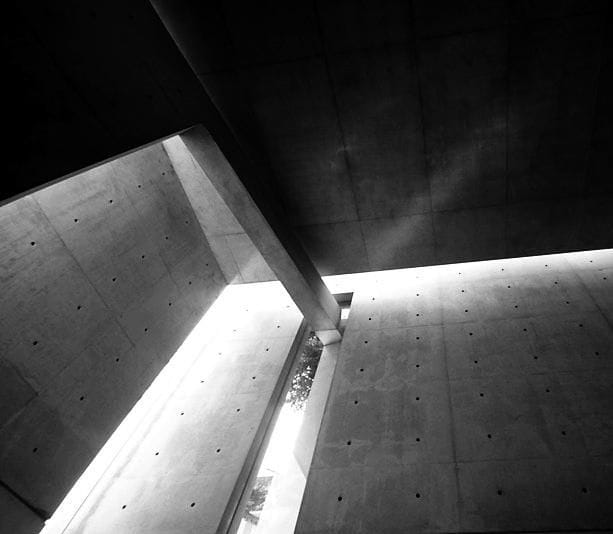
Modern environments are designed for performance. Airports, offices, shopping centres, even homes are programmed for output. Noise is not just tolerated but expected. It signals life, efficiency, progress. In this context, silence is treated as failure. A space that does not speak, entertain or produce is viewed with suspicion.
Yet silence in architecture is not a void. It is a critical gesture. A way of resisting the assumptions baked into how space is typically used and perceived. It is not merely about stillness or calm, but about interruption. To enter a space that does not demand attention, does not compete for interaction, is to be confronted with your own presence in it. That confrontation is where the potential lies.
The most articulate buildings are not always the most talkative. Some do more by offering less. They ask questions rather than provide stimuli. They foreground the act of being, rather than the act of doing. This is not aesthetic reduction. It is a form of architectural criticism. A space can critique the systems that produced it by refusing to operate on their terms.
Silence becomes a form of agency. Not as serenity, but as refusal. A refusal to entertain, to distract, to optimise. This is especially urgent in an era when attention is currency. A silent space does not harvest it. It returns it to the individual.
This kind of design does not offer escape. It offers friction. It does not soothe. It sharpens. By removing the expected, it forces a reevaluation of what space is for.
The silence of architecture is not passive. It is not neutral. It is an active critique of noise as default. In a time of engineered distraction, spaces that do not speak may be the ones that have the most to say.

